A city of more than 50 shades of gray and Italy’s undisputed drinking capital, our guide to essential Milan intel.

This is not La Dolce Vita. At least not the Fellini version: you’re not in Milan to bathe in baroque fountains, take selfies against leaning towers, or to find yourself through the redemptive power of Rome’s beauty, like Julia Roberts in “Eat Pray Love.” Milan is not the Italian city of cinema: Get yourself an umbrella rather than a mandolino to walk the streets, and the public transport might even get you to your table on time. Brush off the stereotypes, put on your best shoes and embrace it: Italy’s fashion capital – and the world’s twice a year – can feel more like Paris and London than Venice and Naples. This is why the rest of the Bel Paese view Milan as unwelcoming and gray, and the Milanese suffer from a kind of “Italianness inferiority complex.” Milan is not a postcard town like many others throughout the boot, and that’s both a curse and a blessing: it was forced to reinvent itself again and again (and, judging from its first-place ranking for Italian cities on Mercer’s 2015 Quality of Living Rankings, it’s been pretty successful).
Having said that, hopping on a scooter to discover the city like Audrey Hepburn will still make your life easier and probably get you ten Milanese coolness points. Just don’t forget your helmet.
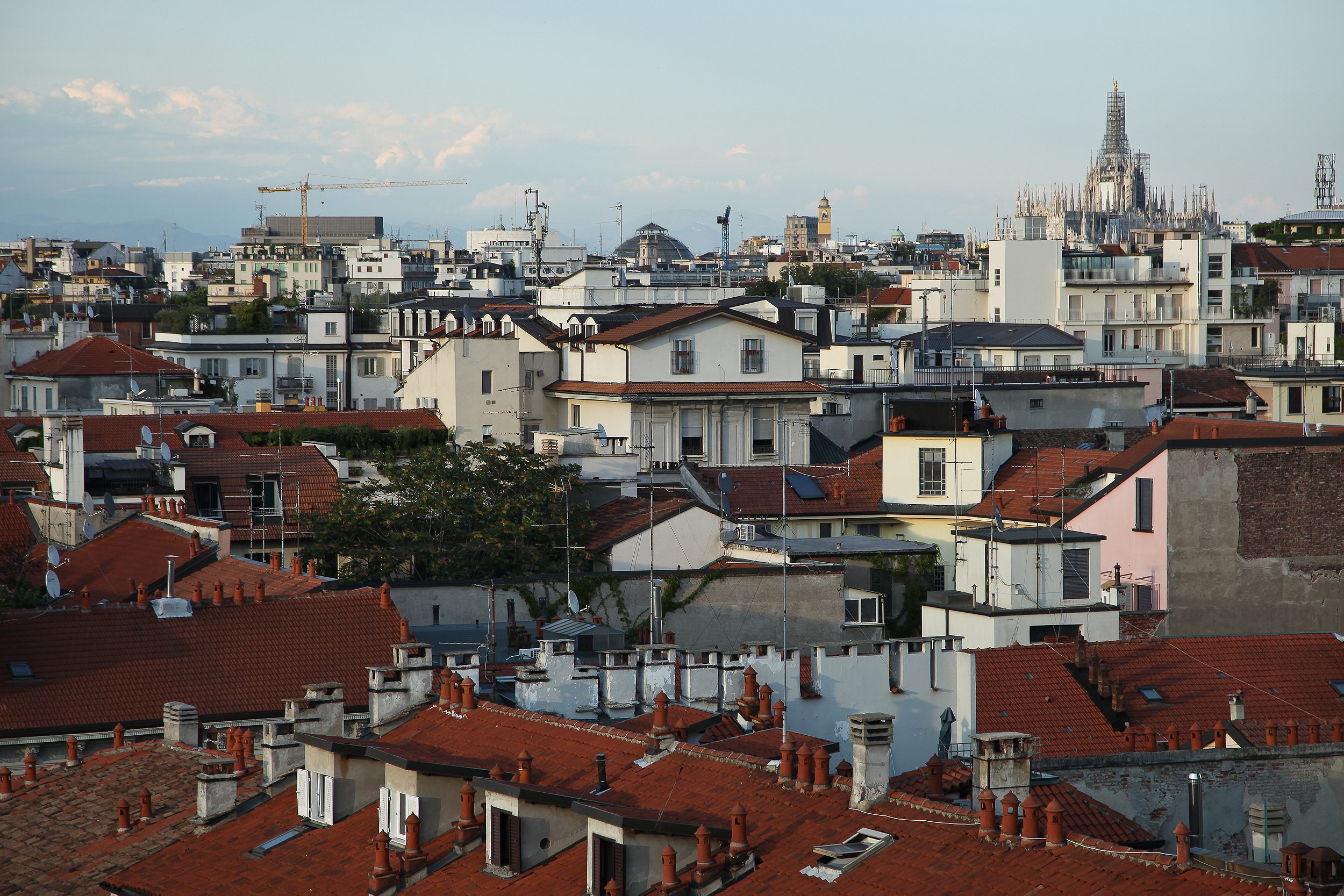

All the streets lead to the Dome. Officially it’s the Cathedral of Milan, dedicated to Saint Mary of the Nativity, but forget the full name: it’s just il Duomo. You’ll find it right at the heart of the historic center, past the gallerie and the narrow alleys filled with tourists and the mouthwatering smell of pizza. The biggest cathedral in Italy – and third-largest Catholic church in the world, after Saint Peter’s in Rome and Seville’s cathedral – has been the undisputed symbol of the city for almost as long as it took to build it: 506 years, not counting the trimmings. At least one of its façades is still covered by scaffolding every other month. The Milanese refer to this as the “Factory of the Duomo” – a symbol of something that is never completed. In recent years, Milan’s skyscrapers have begun to crowd a skyline that used to belong to the Duomo only. The city’s compass, la madonnina – that little golden-painted statue of Mary arising from the top of the top of the church – is now tough to spot from afar. But, as the city’s anthem goes, it still dominet Milan (“dominates Milan” in Milanese dialect.)
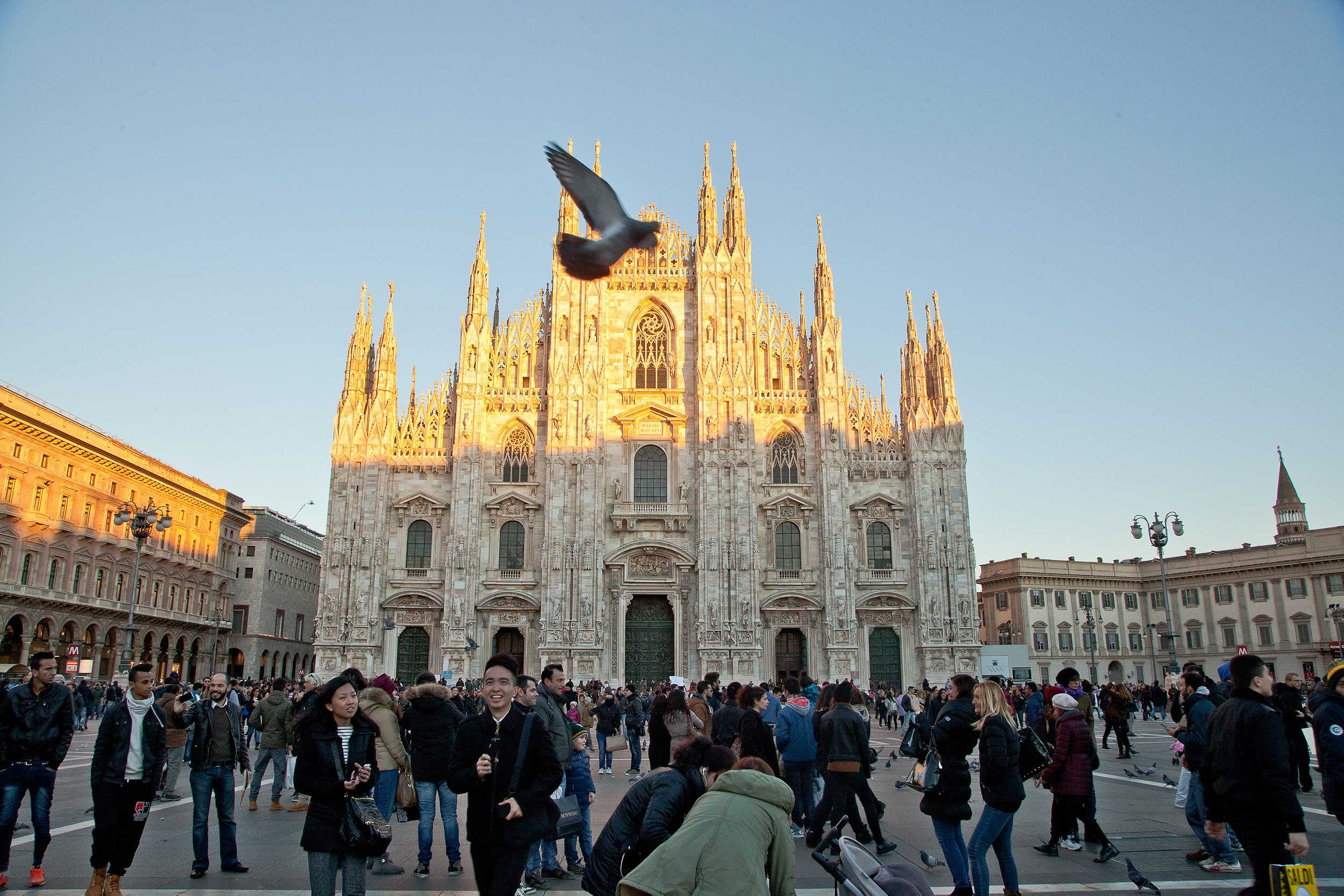

You have to pick your week. Do this, and the right neighborhood will find you. Milan is always in season, but there are some peak times. April is design month: “Salone del Mobile – Milano Design Week” and its less exclusive counterpart “Fuorisalone” usually happen in the formerly industrial and working-class (now just uber-cool) Zona Tortona neighborhood or in the Porta Romana area, and are slowly making their way out towards Lambrate and Rho Fiera. For the Milanese and the international crowd, Salone officially means the blooming of both spring and a set of excuses for uninterrupted outdoor drinking and socializing. If you’re more into haute couture and celebrity spotting you should book your stay for September or February, when Fashion Week usually takes place. But if you can think of better ways to spend your afternoon than stuck in traffic on Via Montenapoleone on your way to the next runway, happily stay away from the Quadrilatero della Moda.
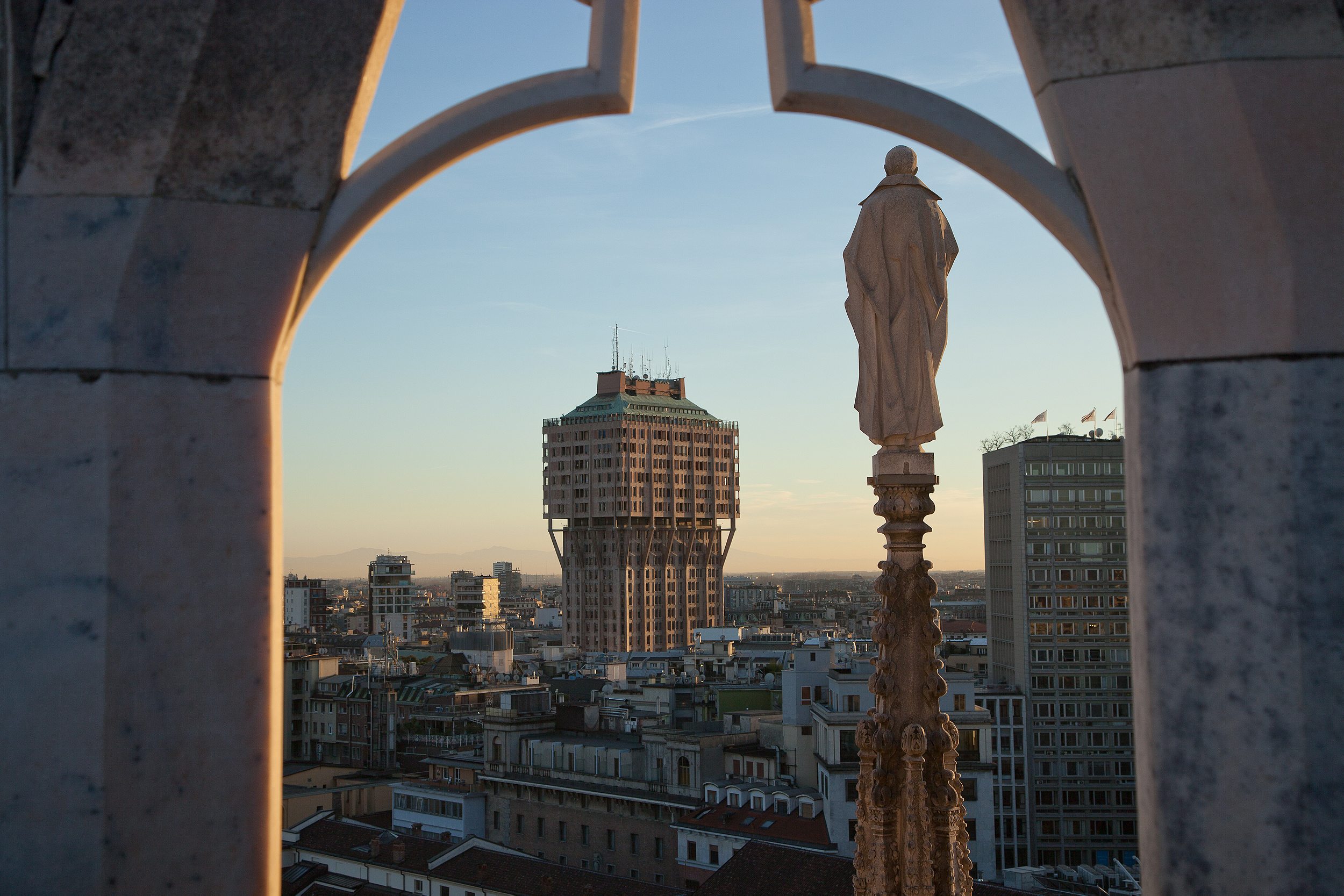

2015 is supposed to be Milan’s year. Five years after Shanghai played host, the Universal Exhibition hits Milan from May to October and is expected to draw 20 million visitors. The road leading to “Expo” – as is often the case with big-ticket international events, such as the Olympics or the World Cup – has been paved with controversies and scandals. In a country with one of the worst unemployment rates and highest public debts in Europe, the Expo has given the disillusioned public an opportunity to disagree on almost every aspect of the undertaking. But the city is huffing and puffing towards the finish line, and a few Expo-related public works will probably be in progress until after the show is over. If that’s what it will take to get the city’s fourth subway line up and running, it’s surely better late than never. After all, why shouldn’t Expo also be a truly Italian job?

Where to eat local. Milan spent a long time looking abroad for culinary inspiration, but it has lately rediscovered its own roots. Behind the stove, that means an appreciation of locally-grown produce – cibo a km 0 – and the mushrooming of “sustainably hip” barns converted into restaurants with vegetable gardens and cultural meeting points, like Cascina Cuccagna, Erba Brusca or Cascina Martesana.


Follow the art out of the center. Rem Khoolaas’s latest architectural endeavor – creating a new home for the Fondazione Prada in a former distillery – is set to be unveiled in May and is located outside the circonvallazione, the ring road that used to divide Milan’s center and its lower-class outskirts. This is only the latest proof that even conventional art is moving out of the city center. Must go-tos outside of the bourgeois perimeter: Hangar Bicocca, Ripamonti, Bovisa, and Isola.

It’s always aperitivo time. Spritz is from Venezia and Negroni is from Firenze, but Milan is Italy’s uncontested drinking capital, and home to Campari bitter. Milano da bere (“Milan to drink”) was the local journalists’ term for the swinging 1980s when the city became the land of the happy hour. Milan still does cocktail hour well: with the purchase of a drink you can eat as much as you want from that buffet – just don’t call it tapas. Europeans are extremely fond of their (sometimes negligible) cultural differences, especially in culinary matters, and “aperitivo” shall be your only gospel in Milan. Also, you won’t find any tortilla.


There’s more than one Last Supper. The undisputed trademarks of cucina meneghina (Milanese) are the bright yellow saffron risotto and the cotoletta (veal cutlet), both boasting their origins through the suffix “alla Milanese” – despite the centuries-old argument over whether the Viennese or the Milanese were the first to drown a breaded cutlet in a sea of butter. At Christmas, the only acceptable desert is the city’s home-grown pride, il panettone, while only the fearless (and cast-iron stomach-owning) gourmands may want to try the cassoeula, a peasant’s stew made with cabbage and pig’s feet, tail and other less desired parts of the animal. As an old saying goes, “throw nothing away that comes from the pig”. Cassoeula is perhaps the dish that best represents the Lombardy regions’s culinary tradition: its ingredients tell the story of a northern and humid region, a patchwork of paddy fields and land more suitable for cattle breeding than harvesting the juicy tomatoes that are the staple for southern Italian recipes. But Milan is also home to Italy’s second largest immigrant community after Rome, and the proportion of its foreign residents is higher than in the capital. Milanese food reflects this diversity. The area next to the Centrale train station is a hotspot for Ethiopian food and the whole city is known for some of the best and most sophisticated sushi restaurants.
Tip: always book a table, or the line might be just as bad as the one in front of Santa Maria delle Grazie to see Da Vinci’s frescoed masterpiece.
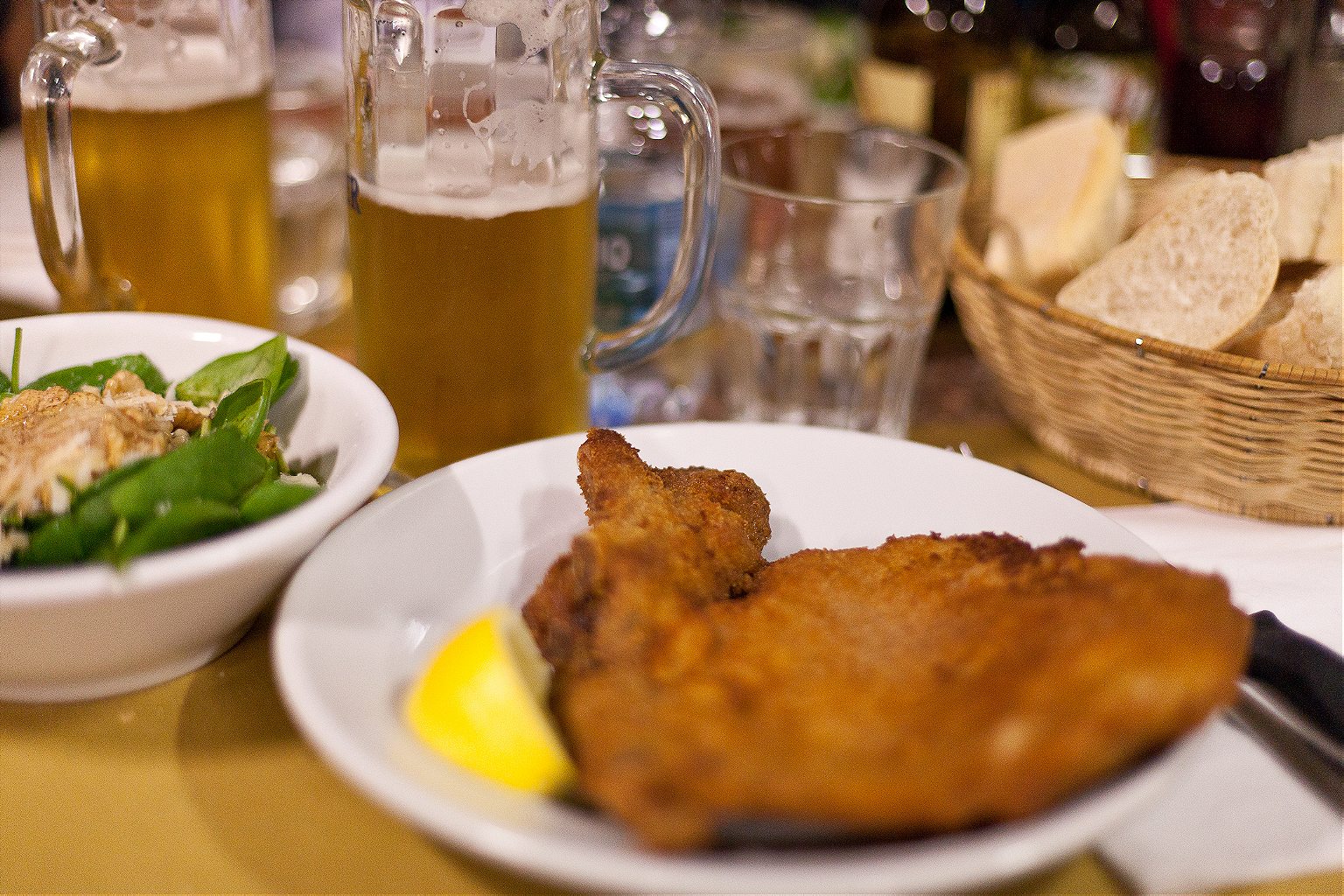

La Scala or Le Scale. Milan has grand stages for high and low culture. Milan is home to one of the most famous opera houses in the world, Teatro alla Scala, but the city might be better known for “the other Scala,” where soccer is played at Giuseppe Meazza Stadium – the stage on which the rivalry between F. C. Internazionale and A. C. Milan plays out – despite the fact that they rarely compete directly.

Stepping on balls brings good luck. A popular New Year ritual for the Milanese and tourists alike is to spin their bootheels on the testicles of the dancing mosaic bull in the Galleria Vittorio Emanuele II. The Galeria was built in 1877 by Giuseppe Mangoni, but he fell to his death from scaffolding a few weeks before it was completed. Spinning on the bull’s balls is meant to prevent similar bad luck. Look out for people engaged in this awkward dance and join in: find the worn patch at the bull’s groin, plant your right heel firmly, and spin backwards three times.
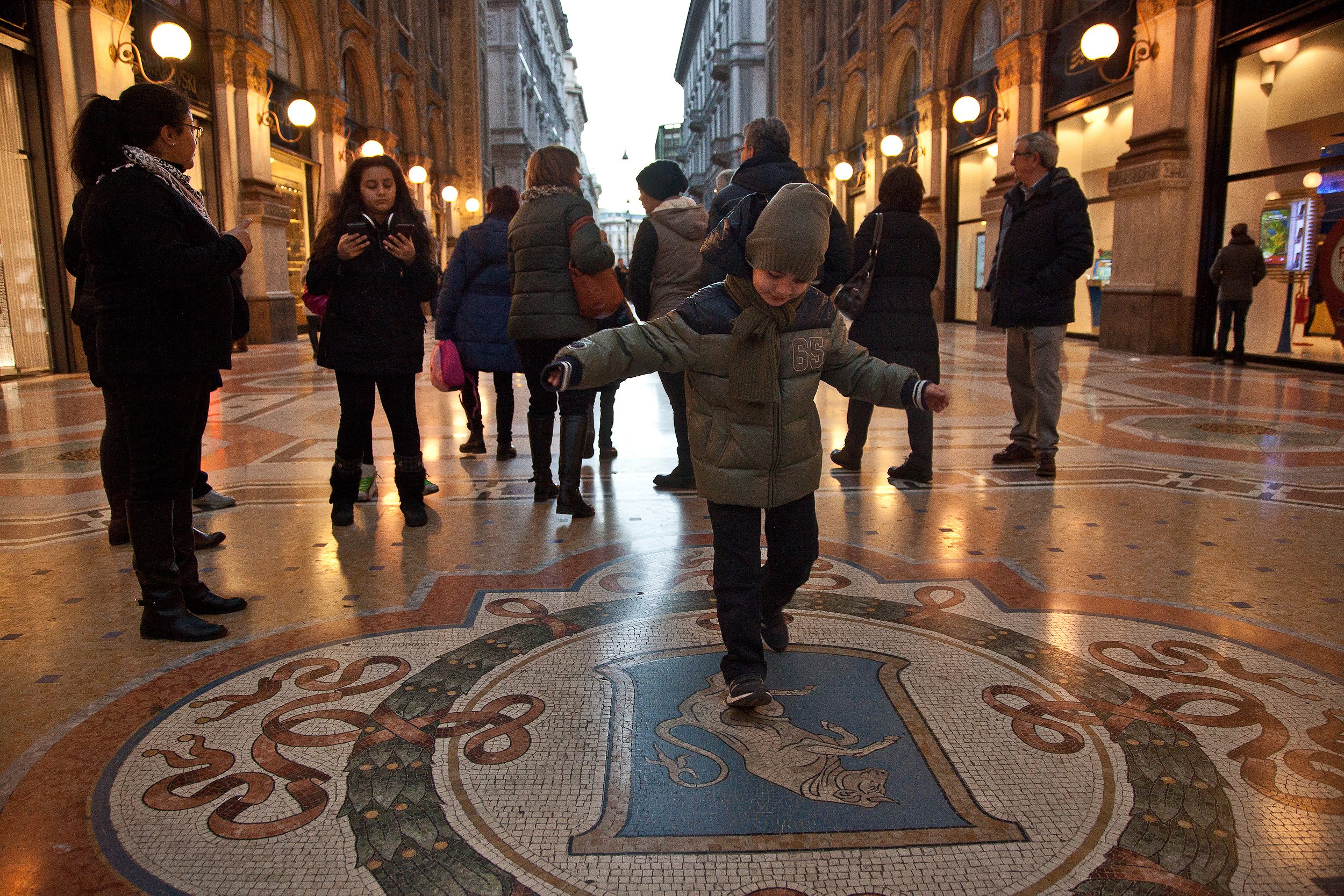

It’s not all about the money. Milan has been Italy’s economic engine since the industrial revolution, but it has a heart underneath Piazza Affari and all those stocks and bonds – and it’s a politically active one. In the 1970s and 1980s, the city was the stage where the violent anni di piombo (“years of lead,” the decades of terrorism and armed civil unrest) began with the Piazza Fontana bombing. To find what’s left of this radical legacy, your best bets are Milan’s historical strongholds of resistance and counter-culture, the centri sociali, like Leoncavallo, Cantiere, or Macao for a more artsy scene. Another way to experience the Milanese brand of political protests is by crashing the occupazioni or autogestioni (students’ occupations) that still take over high schools and universities a few times a year.


The night is younger than you are. Thanks to Tunnel, Dude and Fabbrica del Vapore and many others, the city has one of the most robust electronic music scenes in Europe. For Afrobeat and Rockabilly try BIKO and for LGBTQF (F is for fun) head to Rocket. Then there are the nostalgic bocciofile – clubs with a focus on games like snooker or bowls sometimes furnished with dancefloors. The generation that grew up waiting for their grandparents’ endless games of bocce to finish at the local recreational circle are now leading a revival of bocce venues. Check out Casello di Porta Volta for the nostalgia hit, and Balera dell’Ortica for the bocciofila experience.
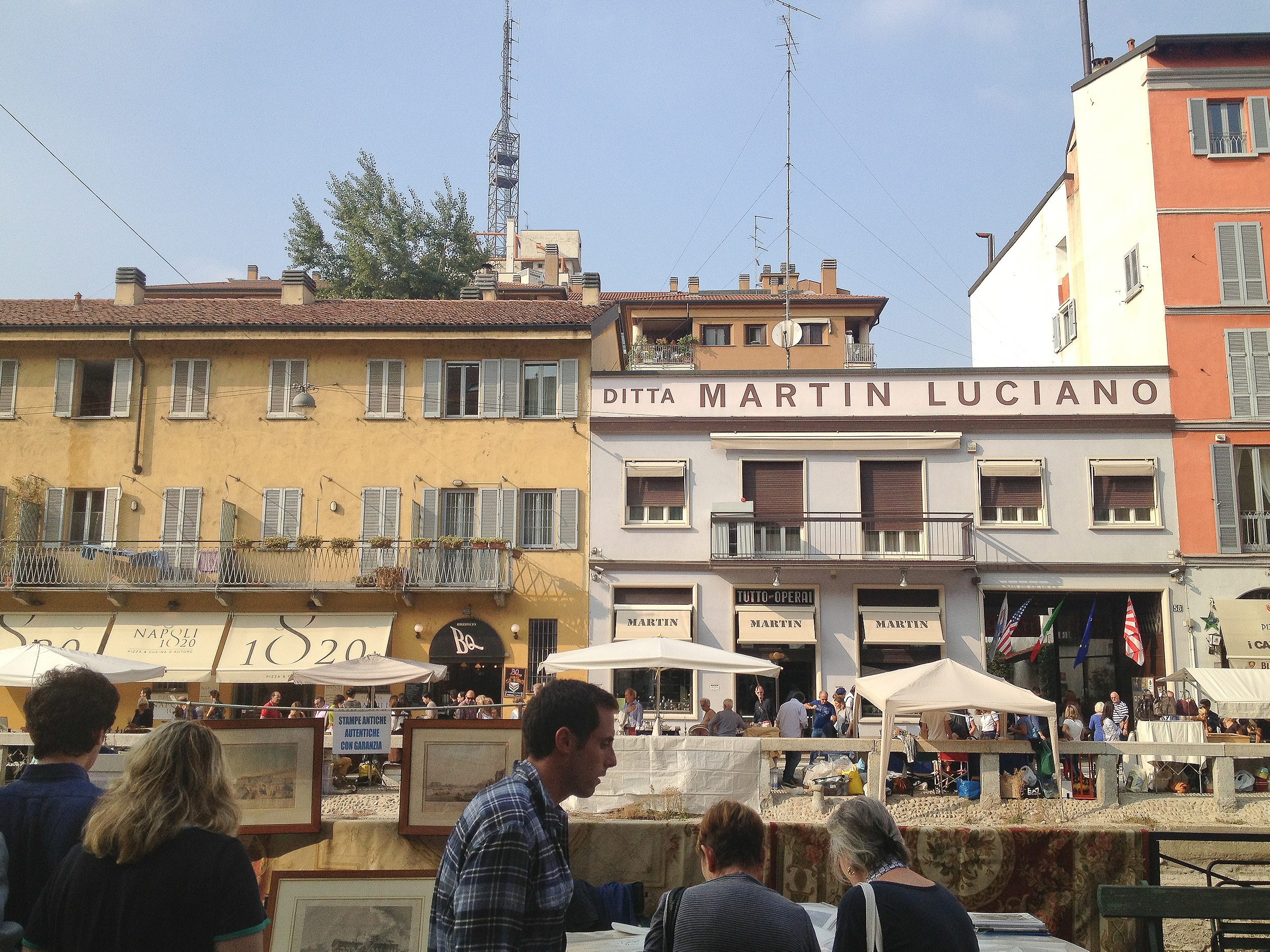

Where to find the hidden gems. Flaunting big jewels is tacky – and the fashion capital should know. That’s why Milan hides most of its gems behind locked doors or apparently nondescript streets. Look for hidden courtyards around Brera and in the case di ringhiera, the typical barn-like houses on the banks of the Navigli. A treasure hunt around the city should also include a stop at Villa Necchi-Campiglio, l’Umanitaria – perhaps for an open-air cinema night – and save Villa Invernizzi for last, where believe it or not, a flock of pink flamingos await you.

Learn the coffee rules. In Milan it’s good to look busy, like everyone else, but when no one’s watching, take a break for a caffé (an espresso, but you wouldn’t call it that) and let the Milanese run around and worry about work – that’s what they’re known for, after all. You can choose Boccioni, Marinetti and other Futurists’ favorite spot, Caffé Camparino, or other historical bars such as Cova, Cucchi, Biffi or Jamaica. Cappuccino in Milan just tastes better. But drinking coffee during a meal equals public shame: the etiquette frowns upon any coffee-based drinks with lunch or dinner. The only exception is e l’ammazzacaffè, the alcoholic amaro – to literally “kill off” the calories.


Go beyond the Navigli. The honorary Milanese journalist Dino Buzzati once wrote that “l’angolo delle lavandaie” (a corner with a countryside feeling to it, where washerwomen went to wash clothes) was the quintessential image of Milan. Now that the movida dominates Porta Ticinese and the canals are filled with docked barges ready to rock at happy hour, it’s hard to imagine that once the only people on the muddy banks of the Navigli were washerwomen, and the workmen riding bicycles on the pebbled riverbanks on their way to the factories at dawn. Now, it’s mostly bearded students on fixies. Many old residents fled the area, and now Quartiere Isola is the place to catch the feel of old working-class Milan – for now. The skyscrapers of Garibaldi – a train station and also a neighborhood – loom, signalling that the Isola will soon be claimed by the area’s urban development plans.


How to get to the top. The Milanese are ambitious. If they want to get somewhere, they’ll find a way. And so should you. The city is as flat as flat gets – it’s at the heart of the Po Valley, one of Europe’s largest plains – and the only hill is Monte Stella, originally an artificial mound of World War II ruins and now only good for hosting open-air concerts (for those few who brave the mosquitoes.) If you want a view of the city from above, however, some man-made meraviglie are the Torre Branca, in the middle of Parco Sempione, or the Duomo terrace.


Milan is more than 50 shades of gray. At some point it will hit you: Milan is gray. Gray is the concrete, the sky, the buildings, the marbles of the Duomo, the morning haze lingering on the banks of the canals, the smoke coming out of the chimneys, the exhaust of the cars. But learn to appreciate it, as well as the life flickering underneath its different tones, like many before you have. Below these smoky winter skies, the cold damp air getting under the skin, or in the sweltering and sticky summer nights, some of the most influential intellectuals and artists of all times have written, sung, played, read and made love, from Stendhal to Maria Callas, from Giuseppe Verdi to Leonardo da Vinci and Ernest Hemingway. What others call fog, is a place of the heart.